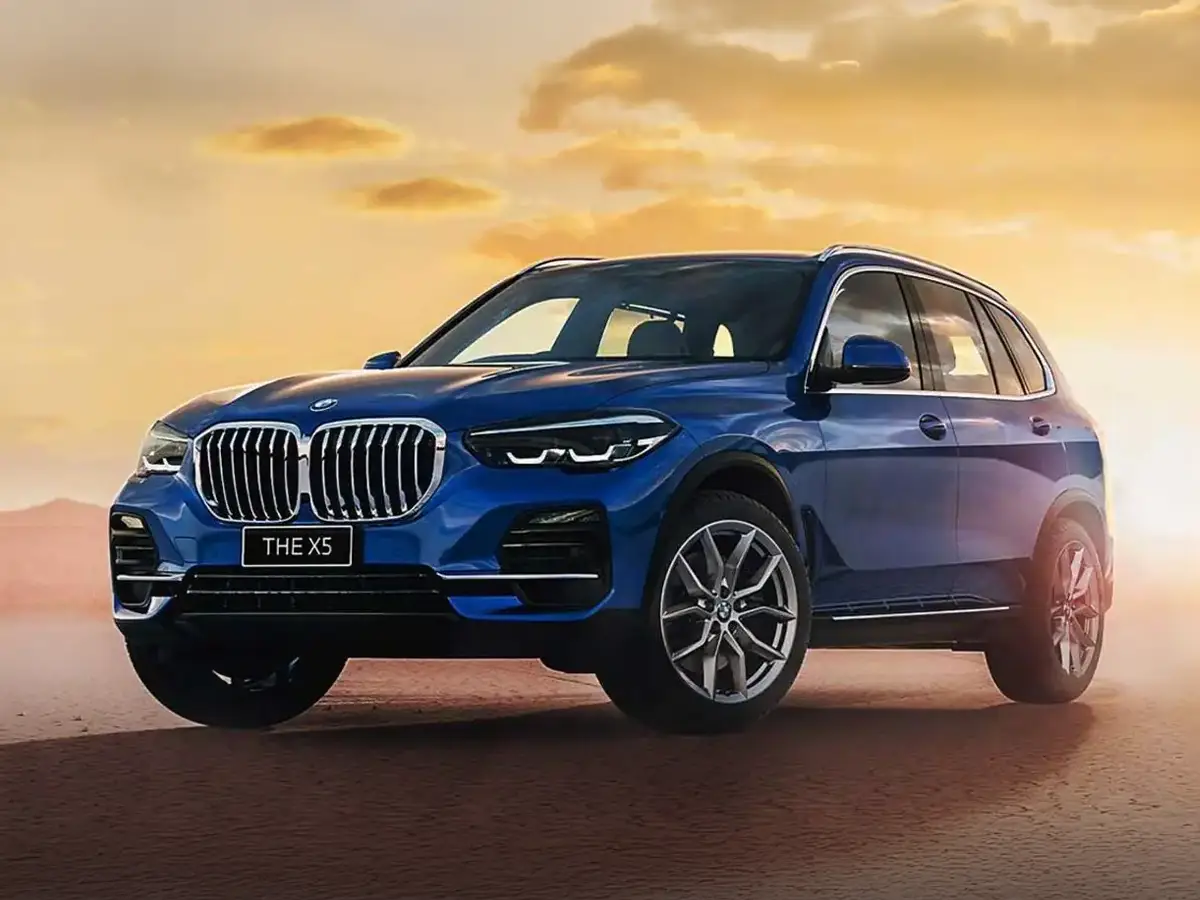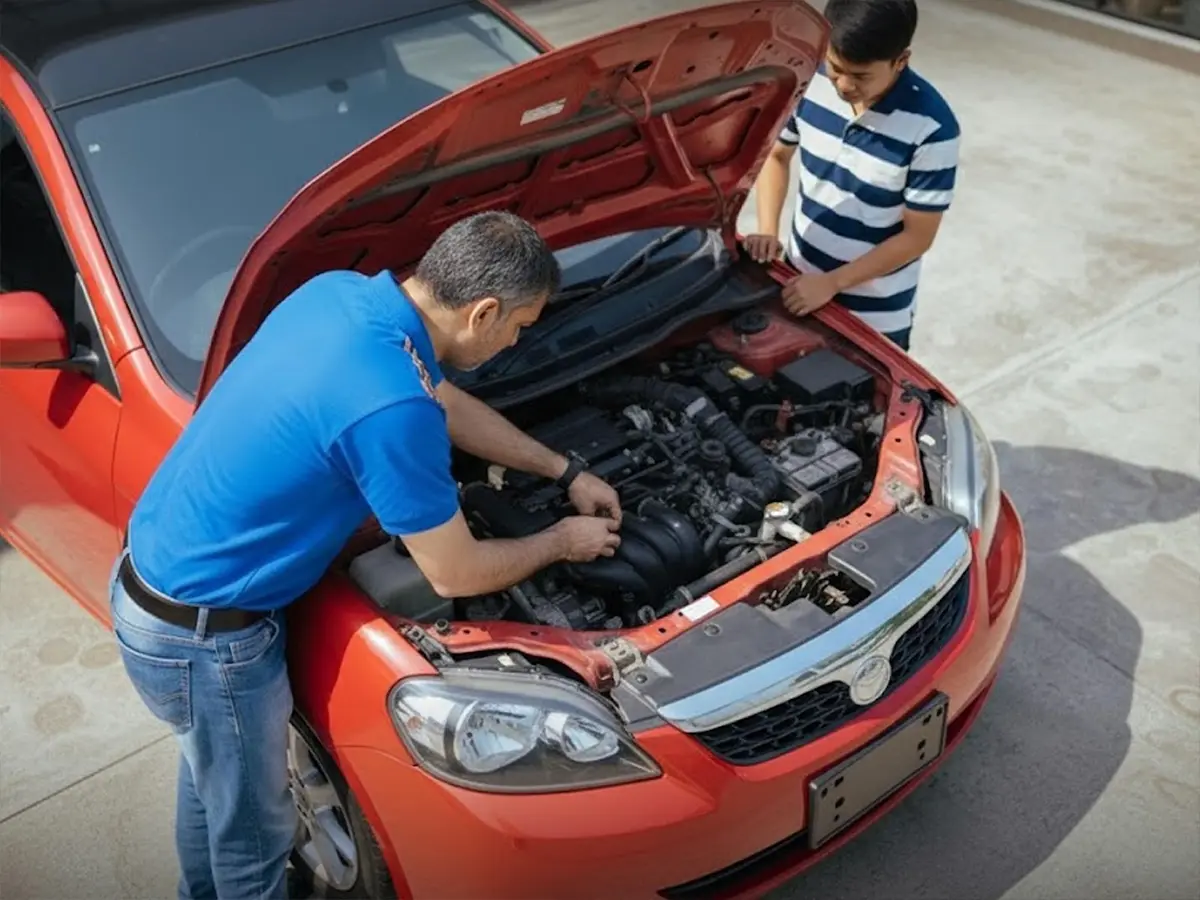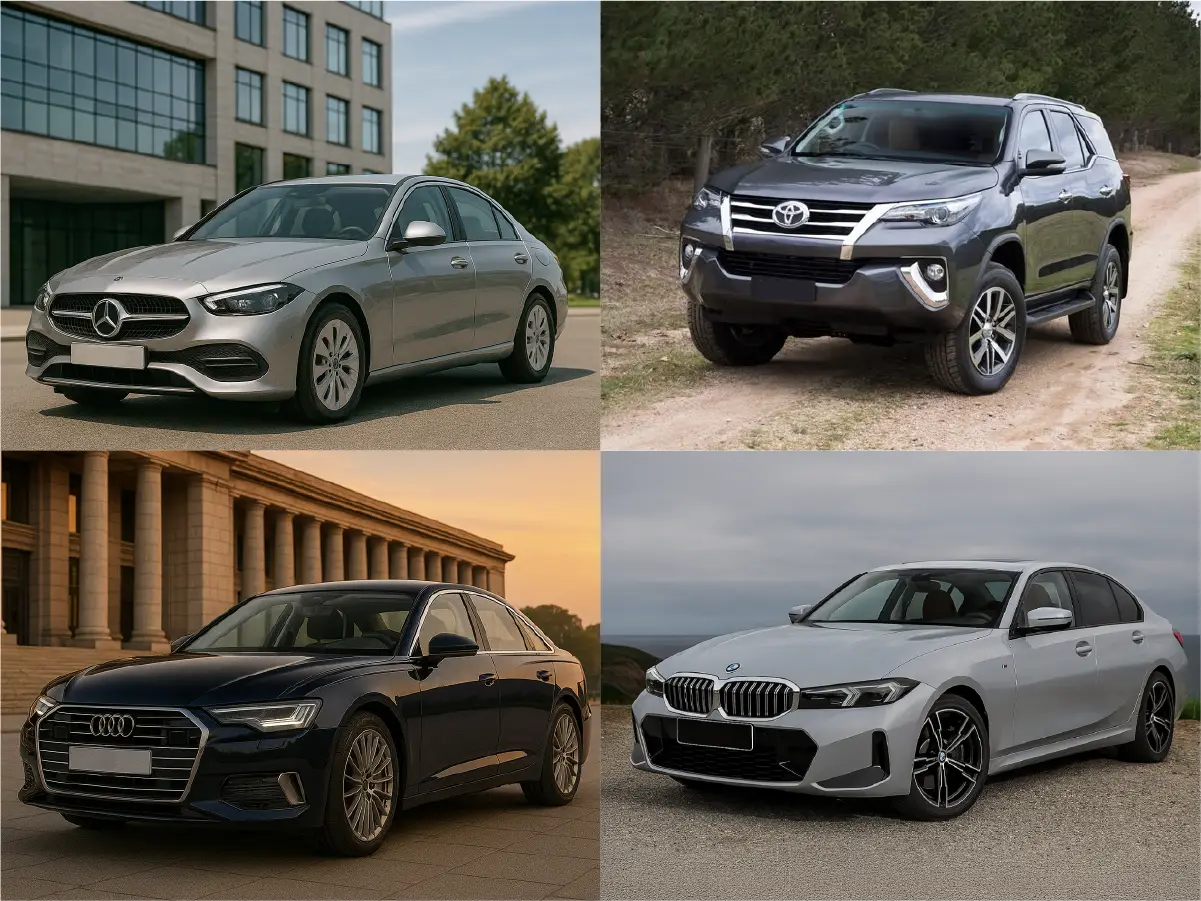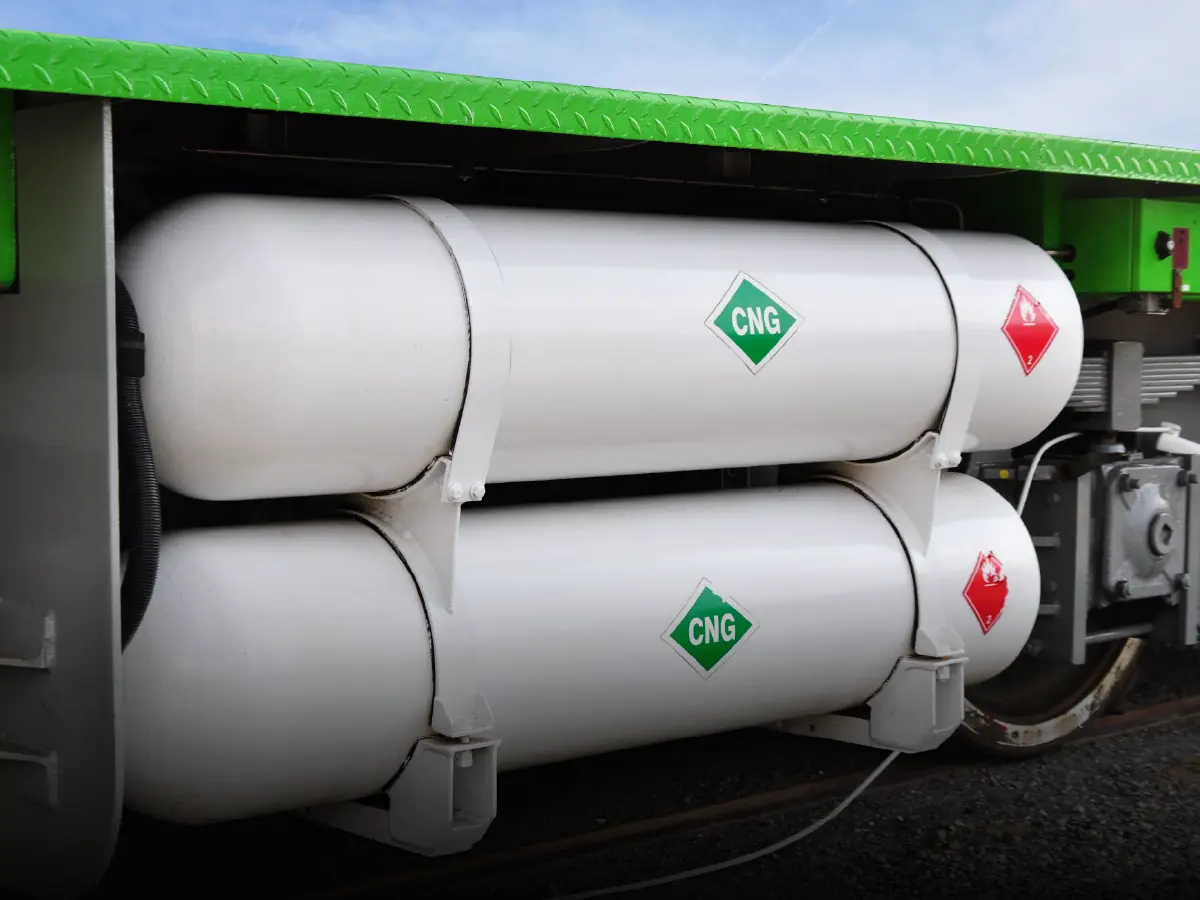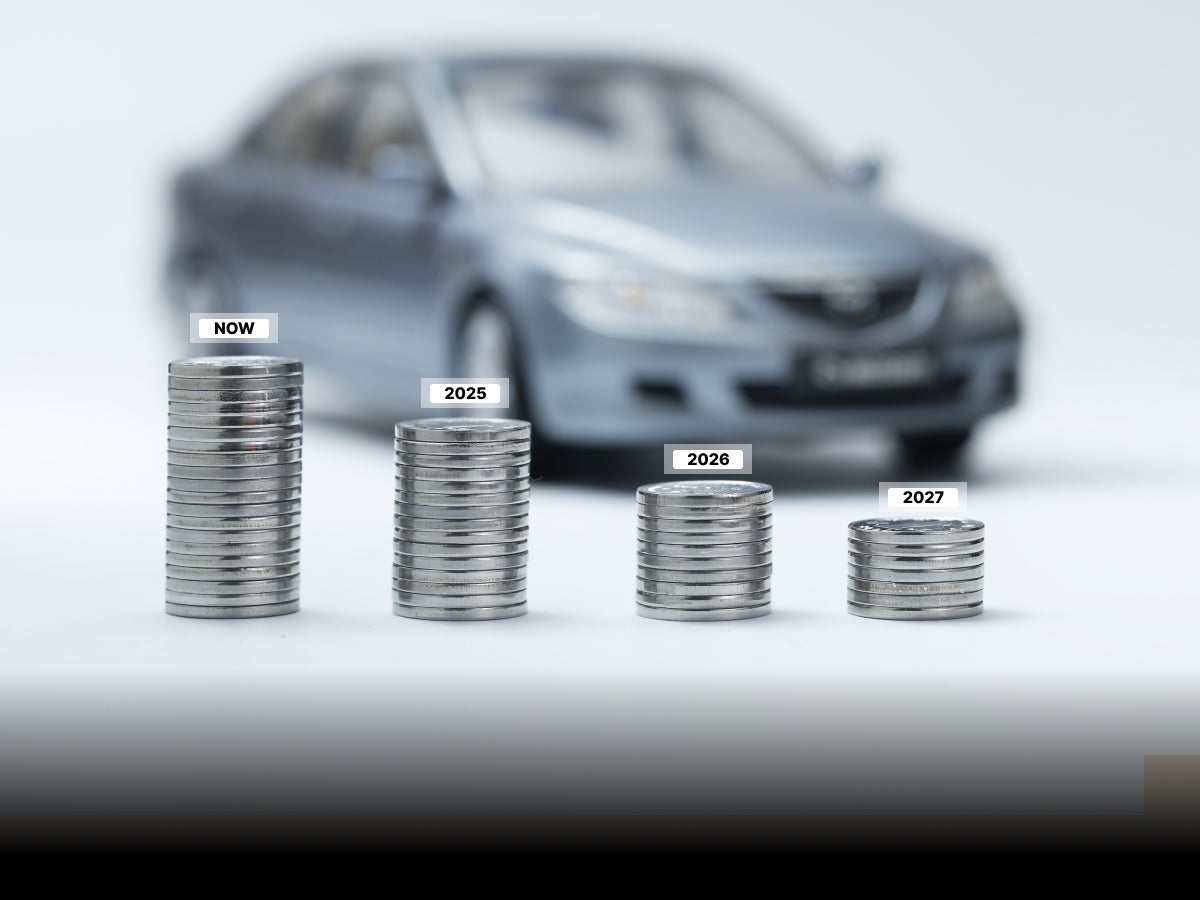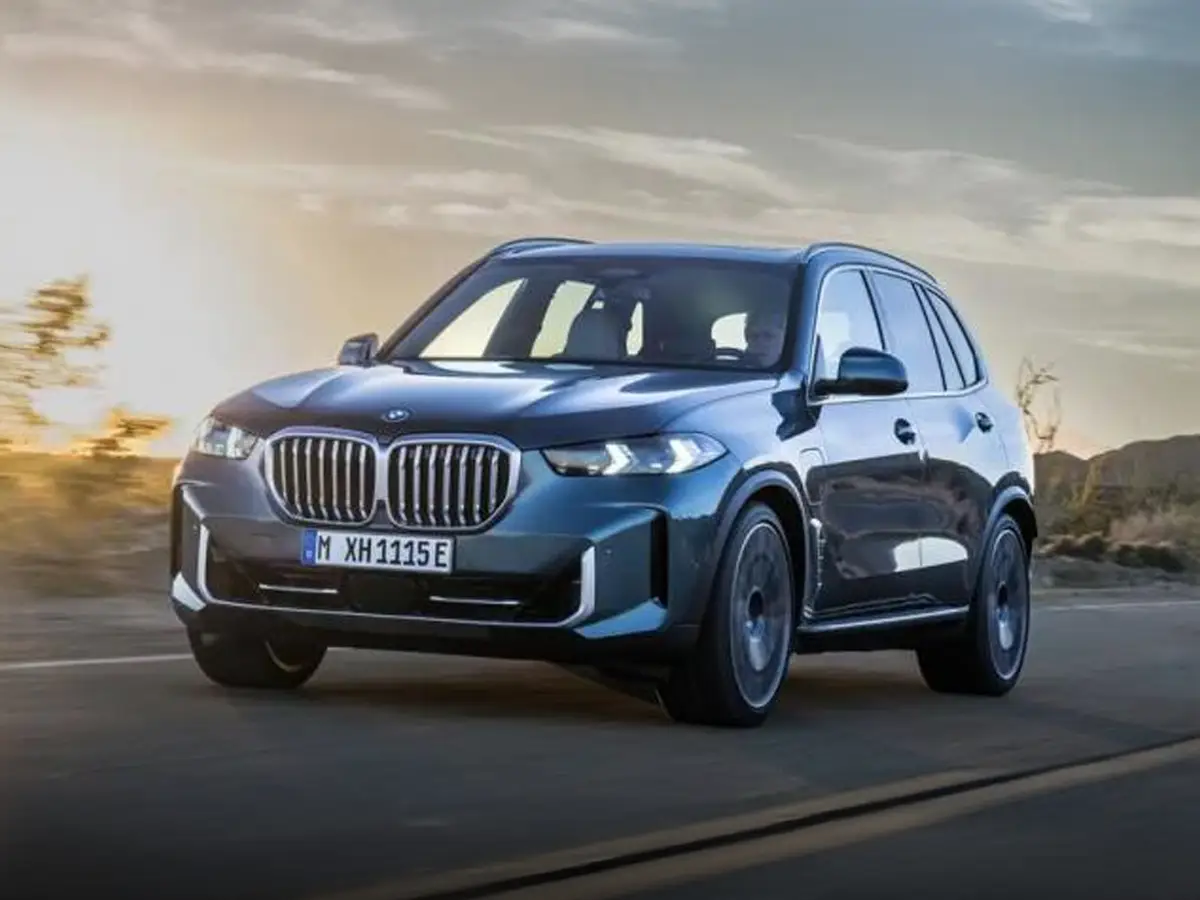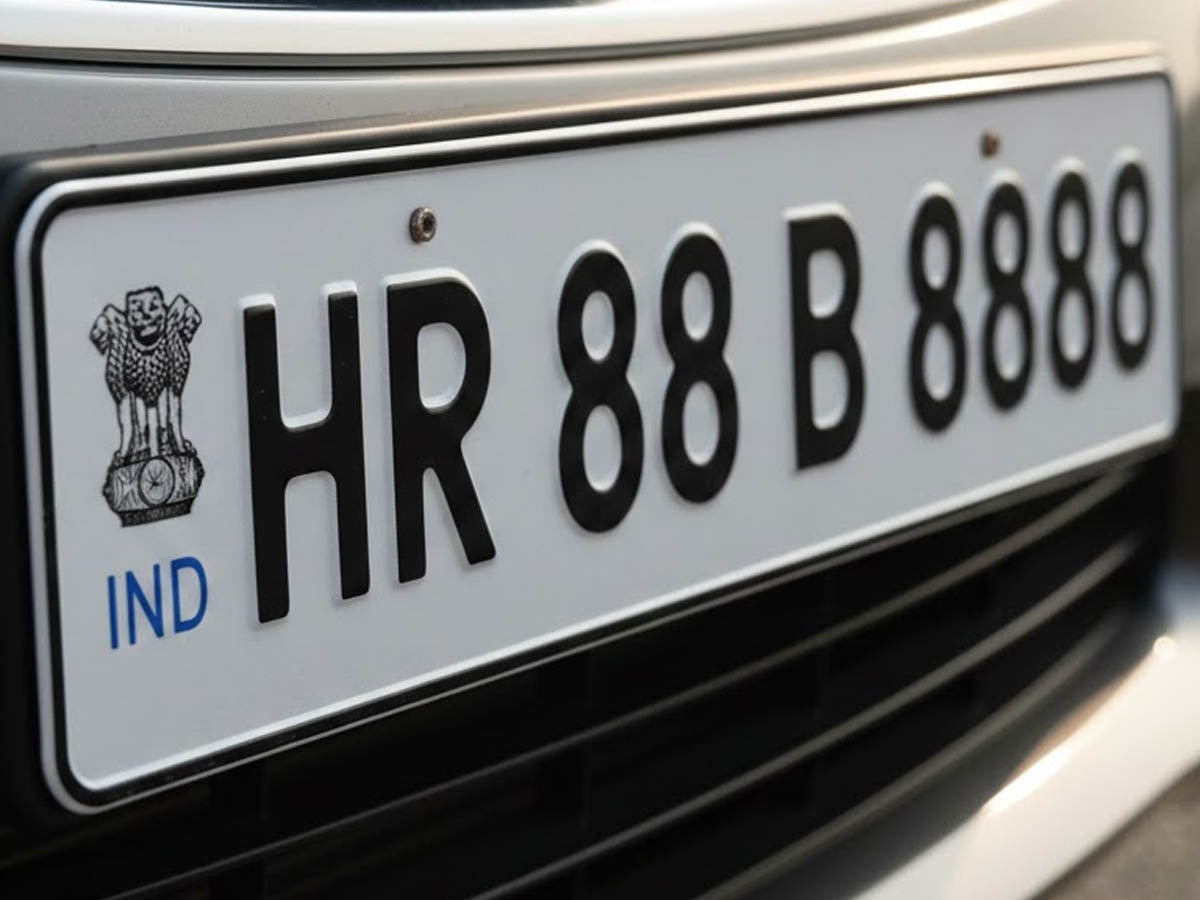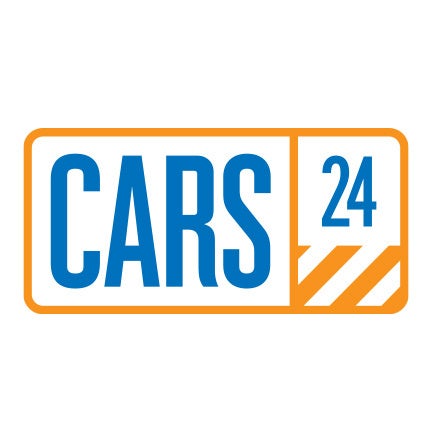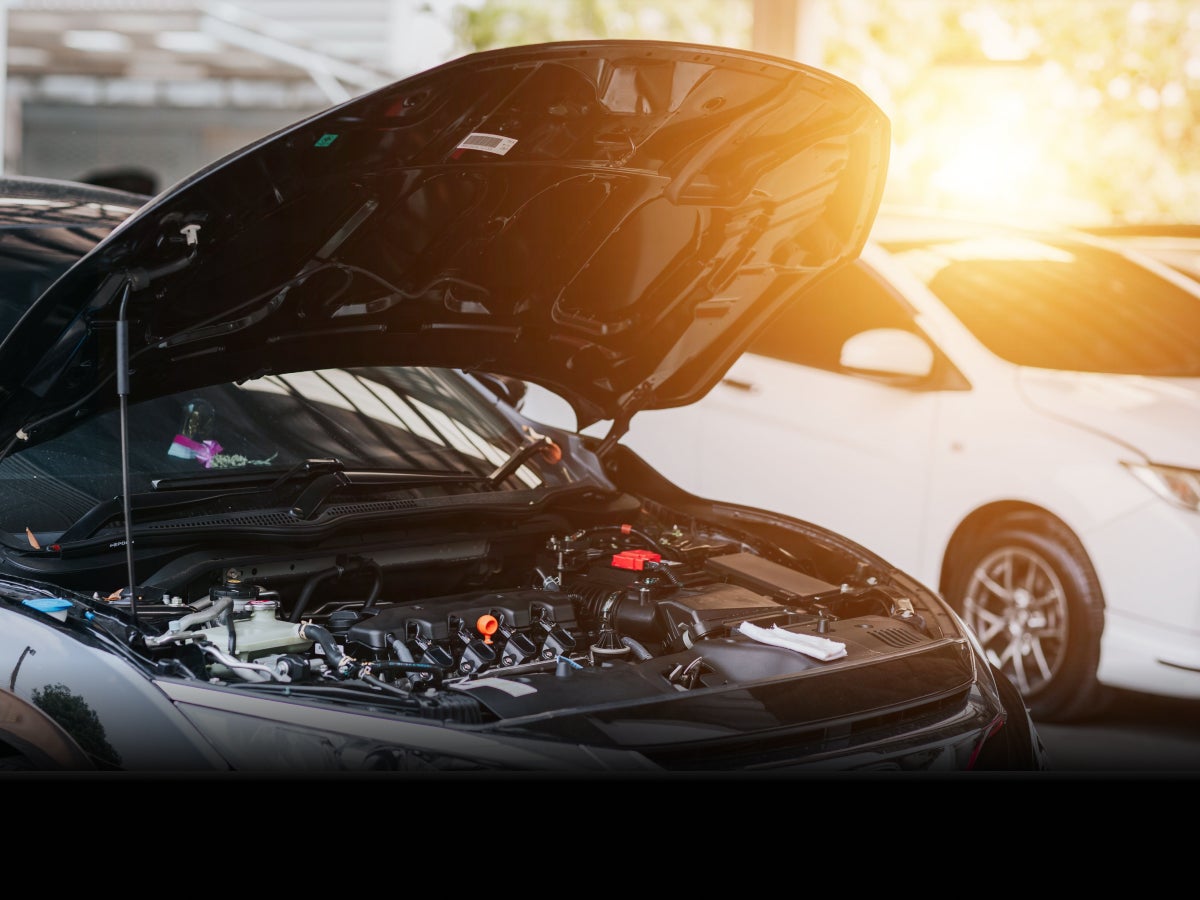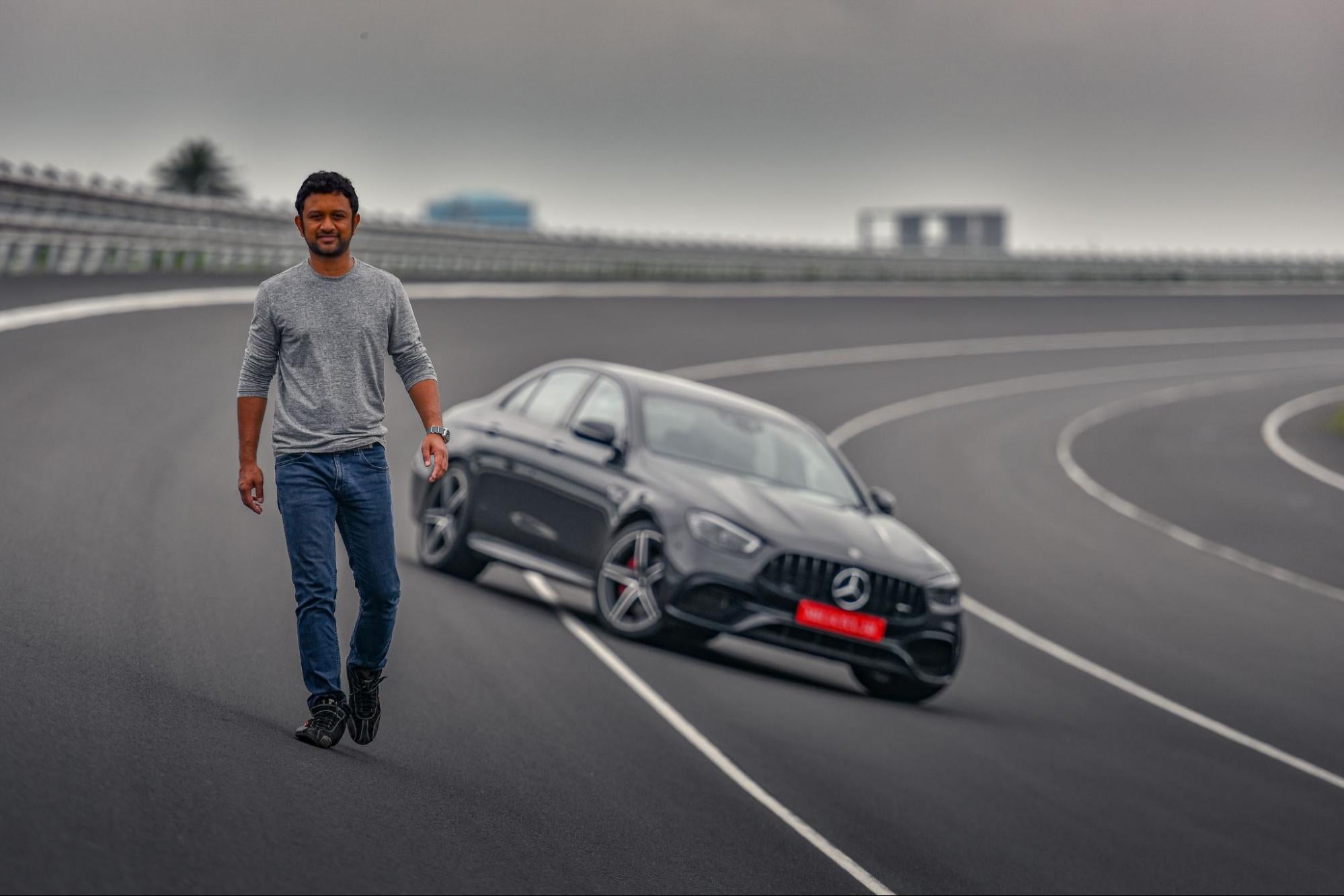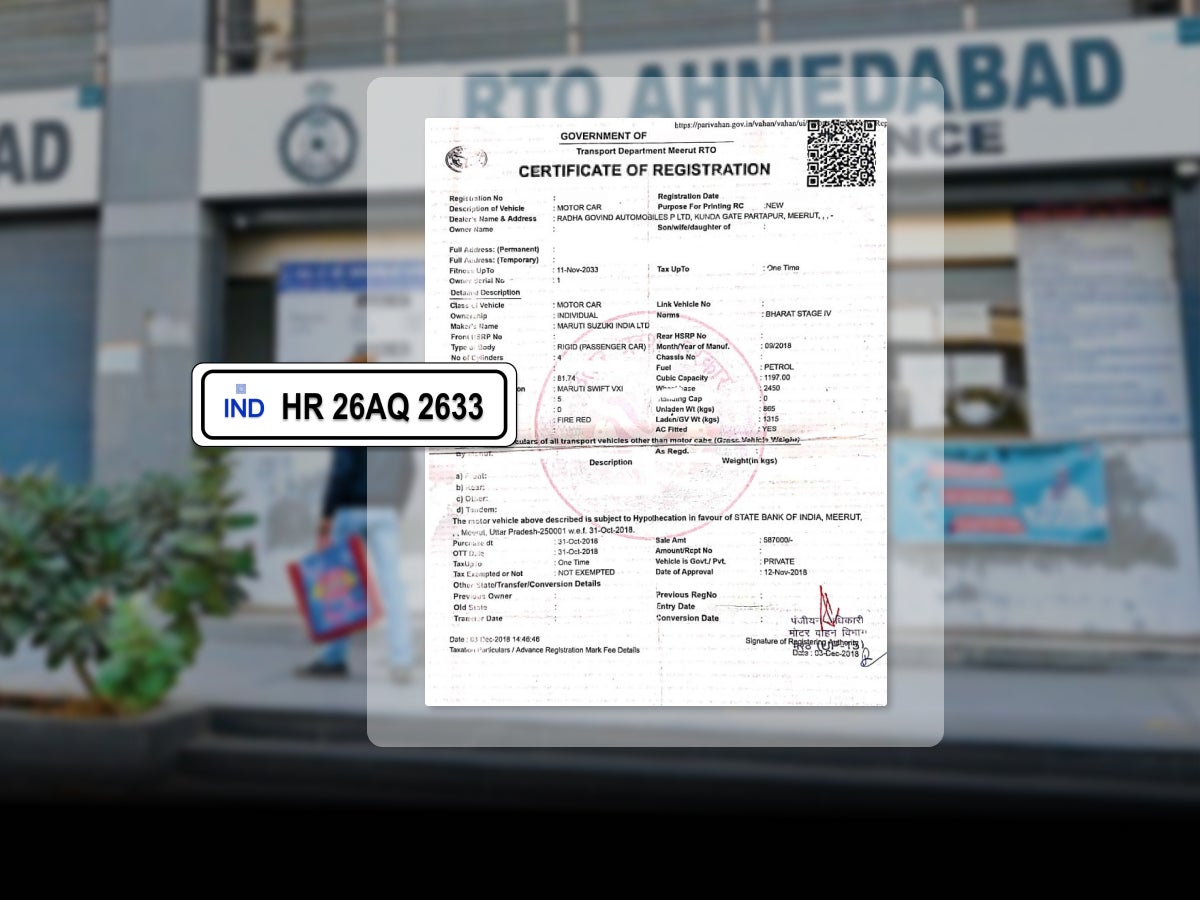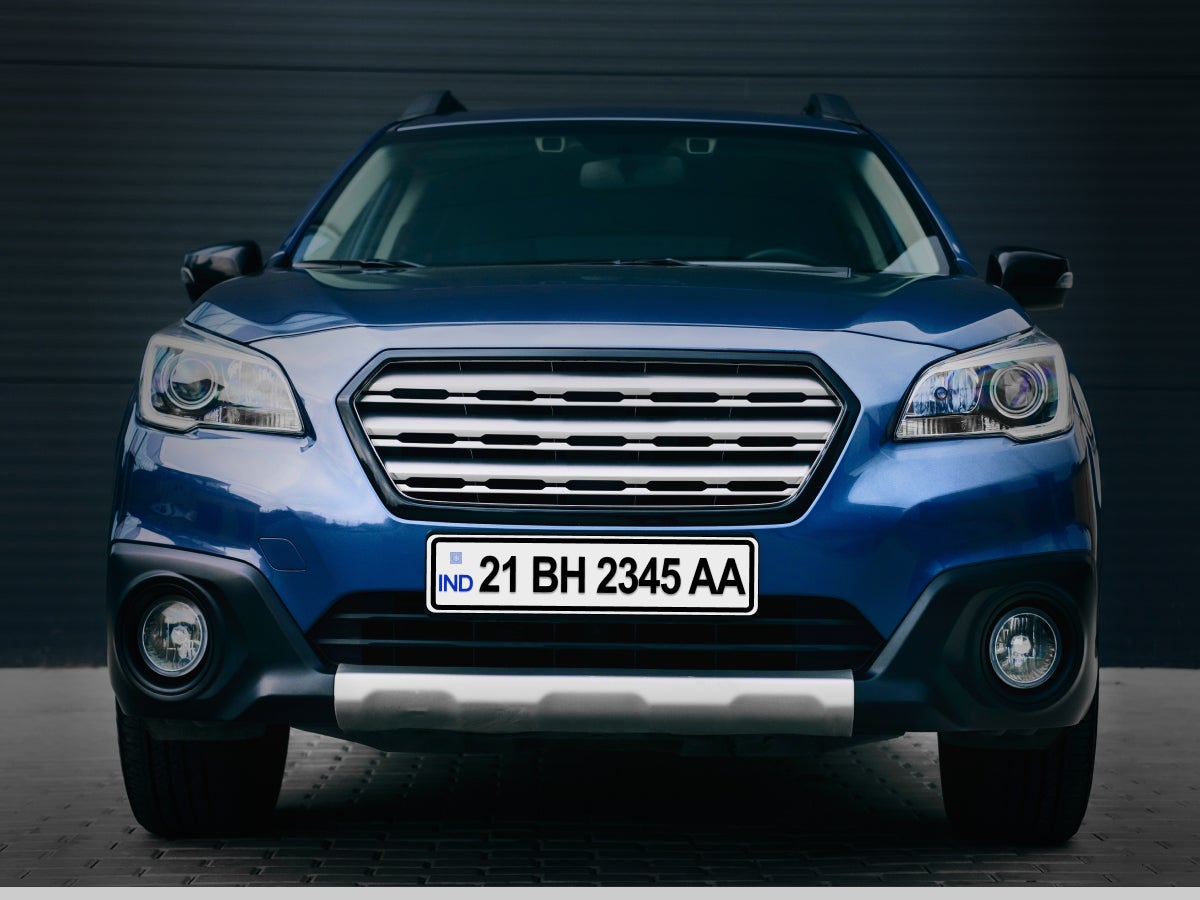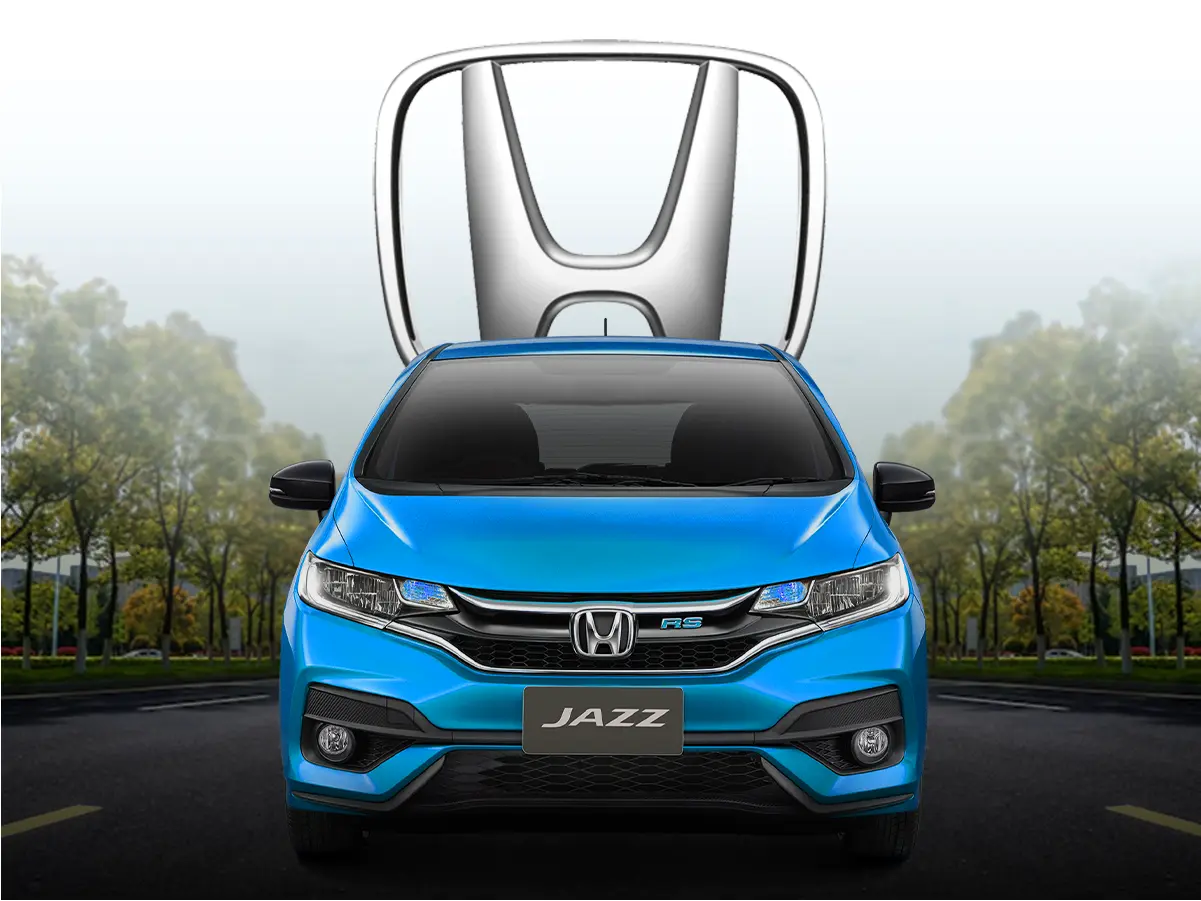

Evolution of Honda Jazz Across the Years
- 1The Honda Jazz made its India debut way back in 2009
- 2In 2015, the addition of a diesel engine widened its appeal among enthusiasts
- 3Discontinued in 2023 because of changing consumer trends
- Honda Jazz: Model Overview
- First-Gen Honda Jazz (2009–2013): The Premium Pioneer
- Second-Gen Honda Jazz (2015–2020): A More Balanced Comeback
- Second-Gen Facelifted Honda Jazz (2020–2023): A Quiet Exit
- Why was the Honda Jazz discontinued?
- What Went Wrong With The Honda Jazz’s Market Performance?
- Honda Jazz Model-wise Engine and Transmission Specifications
- Approximate Prices of Used Honda Jazz (as of May 2025)
- Final Thoughts
Before its launch as a premium hatchback in India in 2009, Honda had already sold over 2 million units of the Jazz, known as the Honda Fit in global markets. What made this hatchback so popular globally was its fusion of the renowned Japanese engineering, smart design, and immense urban utility.
Over the years, the Honda Jazz has undergone several updates in different generations, with changes that improved performance, design and technology integrations. Here, we will discuss the evolution of the Honda Jazz, the milestones achieved, how it responded to shifting market demand, and what eventually led Honda to discontinue this best-seller.
Honda Jazz: Model Overview
Honda has released 3 generations of Jazz in India ever since its inception in 2009. All the models brought in new changes, the latest tech, and played a big role in Jazz’s success throughout the years.
First-Gen Honda Jazz (2009–2013): The Premium Pioneer

In 2009, the first model of the Honda Jazz appeared in a hatchback market that was mostly about practical, pocket-friendly cars like the Maruti Swift and Hyundai i20. But Honda had a different strategy in mind. With the new Jazz, the company aimed for a more upscale urban hatchback, something not widely seen in India at that time. The car struggled to gain popularity in India because it was priced too high for a value-conscious market.
Design & Philosophy
Instead of the usual low-slung hatches of that era, the old Jazz was taller and felt like it belonged to a group of minivan MPVs. The short overhangs, large glass section, and its nose design gave it a futuristic and slightly European flair. The design might not stick out by being powerful, but it had a certain charm that was functional, airy, and unmistakably Honda. On the inside, the Jazz was beautifully designed for comfort. Every bit of the interior was maximised, with a flat floor and seats that could be flattened, ideas that were leading-edge for vehicles of that time.
Sales & Market Performance
The large and easy to handle hatchback excited some, but many shoppers were unsure. Its price, similar to that of starter-model sedans, wasn’t attractive to buyers in the entry-level segment. Despite the quality it offered, the on-road price crossed ₹7 lakh for top trims was a significant amount in 2009. Sales were still not satisfactory throughout the period. During FY2011, there were only about 4,862 Jazz units sold, while rivals like the Swift sold much more, around 1 lakh units a year.
Key Features:
- 1.2L i-VTEC petrol engine (90 PS, 110 Nm)
- 5-speed manual gearbox
- ABS with EBD and two airbags
- Innovative Magic Seats allow flexible storage space
- Boot space: Approximately 384 litres
- Launch Price (ex-showroom Delhi): ₹6.98 lakh – ₹7.33 lakh
Honda received praise for the car’s interior quality and design, along with its usable space. However, the car's value-per-features ratio was a major letdown. It eventually led to Honda pulling this version off the market in 2013.
Second-Gen Honda Jazz (2015–2020): A More Balanced Comeback

After its first innings didn’t quite hit the mark, Honda took a two-year break and returned with the second-gen Jazz in July 2015 with a more stylistic approach. This redesign came with multiple engine and transmission options, including a diesel variant. This generation was more in tune with customer demand features, pricing, and overall value perception. The second-gen Jazz was built on the same platform as the Honda City, which gave it a structural advantage in terms of space and maturity.
While the original Jazz looked a bit too quirky and upright, the 2015 model was sleeker and far more contemporary. It adopted Honda’s global “Exciting H” design language, with:
- Sharper headlamps and a wider chrome grille
- A more aerodynamic profile with strong character lines
- New 15-inch alloy wheels and a reworked rear with boomerang-style tail lamps
Key Changes Compared to First-Gen
Here’s what Honda improved and tweaked in the second generation:
1. Powertrain Options Expanded
- 1.2L i-VTEC petrol (90 PS, 110 Nm) remained, but now came with both a 5-speed manual and a CVT automatic.
- A new 1.5L i-DTEC diesel (100 PS, 200Nm), paired with a 6-speed manual gearbox, added long-overdue efficiency and highway credentials.
The diesel variant, with its 27.3 km/l mileage (ARAI), was one of the most efficient cars in the segment.
2. Larger Dimensions, Same Footprint
- The new Jazz was longer (3,955 mm), allowing for improved boot space and rear legroom.
- Still sub-4m, making it tax-friendly in India.
3. Enhanced Features
- Touchscreen infotainment system (Digipad)
- Automatic climate control
- Steering-mounted audio and phone controls
- Rear-view camera
The addition of a diesel option, along with an enhanced feature list, improved the reception of the second-gen Jazz. Despite its strengths, the Jazz again struggled to stay competitive in a value-driven market.
Second-Gen Facelifted Honda Jazz (2020–2023): A Quiet Exit

The facelift included cosmetic updates and premium features like an electric sunroof, a first for the segment. Honda updated the Jazz in 2020 for BS6 norms, but discontinued the diesel variant. Globally, Honda had already launched the fourth-gen Jazz in markets like Europe and Japan, but India received an upgraded version of the outgoing model instead.
Key Changes Compared to the 2015 Jazz
1. Diesel Dropped Entirely
- With the BS6 norms in 2020, Honda retired the 1.5L i-DTEC diesel.
- Only the tried-and-tested 1.2L i-VTEC petrol remained (90 PS, 110 Nm), now BS6-compliant.
- Transmission options: 5-speed manual and CVT with paddle shifters.
2. LED Everything & a Sunroof
- LED headlamps, DRLs, fog lamps, and tail lamps added a much-needed premium flair.
- A one-touch electric sunroof was introduced and became a segment-first feature for a hatchback at this price point.
- Rear wiper, washer, and defogger were finally standard on higher trims.
3. Cabin Upgrades
- Honda added smart keyless entry, push-button start, and auto AC.
- A 7-inch touchscreen infotainment system with Android Auto & Apple CarPlay.
- Still no connected car tech, ventilated seats, or wireless charging, areas where rivals were charging ahead.
4. Variant Reshuffle
- Trims were simplified: V, VX, and ZX
- CVT was finally offered on all three variants, which was a major win for automatic buyers
- Magic Seats were not offered at all in the final version, ending a unique Jazz USP.
Why was the Honda Jazz discontinued?
Honda's trademark dependability, along with solid build quality, couldn't save the Jazz from declining sales. The car was finally discontinued by early 2023 due to the rising demand for SUVs and new emission norms (BS6 Phase 2). It was said that upgrading the Jazz to new standards was way too costly, and the risks associated were not viable enough to keep the line going; thus, the car was discontinued.
What Went Wrong With The Honda Jazz’s Market Performance?
Despite its many segment-first innovations and Honda's brand reputation, Jazz constantly underperformed in sales. Regarding performance, the following factors were critical.
- Pricing relative to competitors
- Delayed model updates with few updates to the model as a whole over time
- Absence of turbo petrol or hybrid variants
- Shifts in consumer preference towards compact SUVs
Used Honda Jazz: A Smart Purchase?
In terms of consideration for used hatchbacks, the Jazz from the years 2015 to 2020 is an appealing option because of the following:
- Roomy and versatile space (Magic seats for older trims)
- Reliable petrol and diesel engines
- CVT with paddle shifter offers seamless driving (in VX CVT trim)
- Strong resale value and minimal running costs
Explore verified used Honda Jazz listings on CARS24 for a seamless experience, including RC transfer and warranty services.
Honda Jazz Model-wise Engine and Transmission Specifications
| Model Year | Engine Options | Transmission Options | Mileage (ARAI) |
| 2009–2013 | 1.2L i-VTEC Petrol (90 PS) | 5-Speed Manual | 16.7 km/l |
| 2015–2020 | 1.2L i-VTEC Petrol (90 PS) 1.5L i-DTEC Diesel (100 PS) | 5-Speed Manual (Petrol), CVT (Petrol), 6-Speed Manual (Diesel) | 17.1 km/l (Petrol CVT) 27.3 km/l (Diesel) |
| 2020–2023 | 1.2L i-VTEC Petrol (90 PS) | 5-Speed Manual, CVT | 16.6–17.1 km/l |
Approximate Prices of Used Honda Jazz (as of May 2025)
| Model Year | Average Used Price Range (INR) | Notes |
|---|---|---|
| 2015 | ₹2.5 – ₹4.5 Lakhs | Wide range due to mileage/condition; diesel variants available |
| 2016–2018 | ₹3.5 – ₹6.5 Lakhs | Good demand; CVT and manual options; city/region impact |
| 2019–2020 | ₹5.0 – ₹7.5 Lakhs | CVT preferred; lower mileage commands a premium |
| 2021–2022 | ₹7.0 – ₹8.8 Lakhs | Sunroof models, ZX trims; limited stock, higher prices |
| 2023 | ₹8.0 – ₹9.5 Lakhs | Final batch, very limited availability, near-new condition |
Note: Prices vary depending on condition, location, service history, and variant.
Final Thoughts
While the Honda Jazz has seen four generations globally, the Indian market received three main generations (2009, 2015, and the 2020 facelift). The Jazz strived to give more than just a basic hatchback throughout its life, whether featuring flexible seating for the first time in the segment, being the first to include a sunroof, or adding paddle shifters for the CVT models.
It might not have broken sales records, but it certainly earned respect. The Jazz wasn’t trying to be everyone’s car. It was trying to be the right car for the right kind of buyer, and on that front, it quietly delivered. For metropolitan users needing a dependable pre-owned vehicle, the Jazz is still a notable choice in the used market; it offers ample space, marks high on safety, and performs efficiently.
Frequently Asked Questions
Expand all